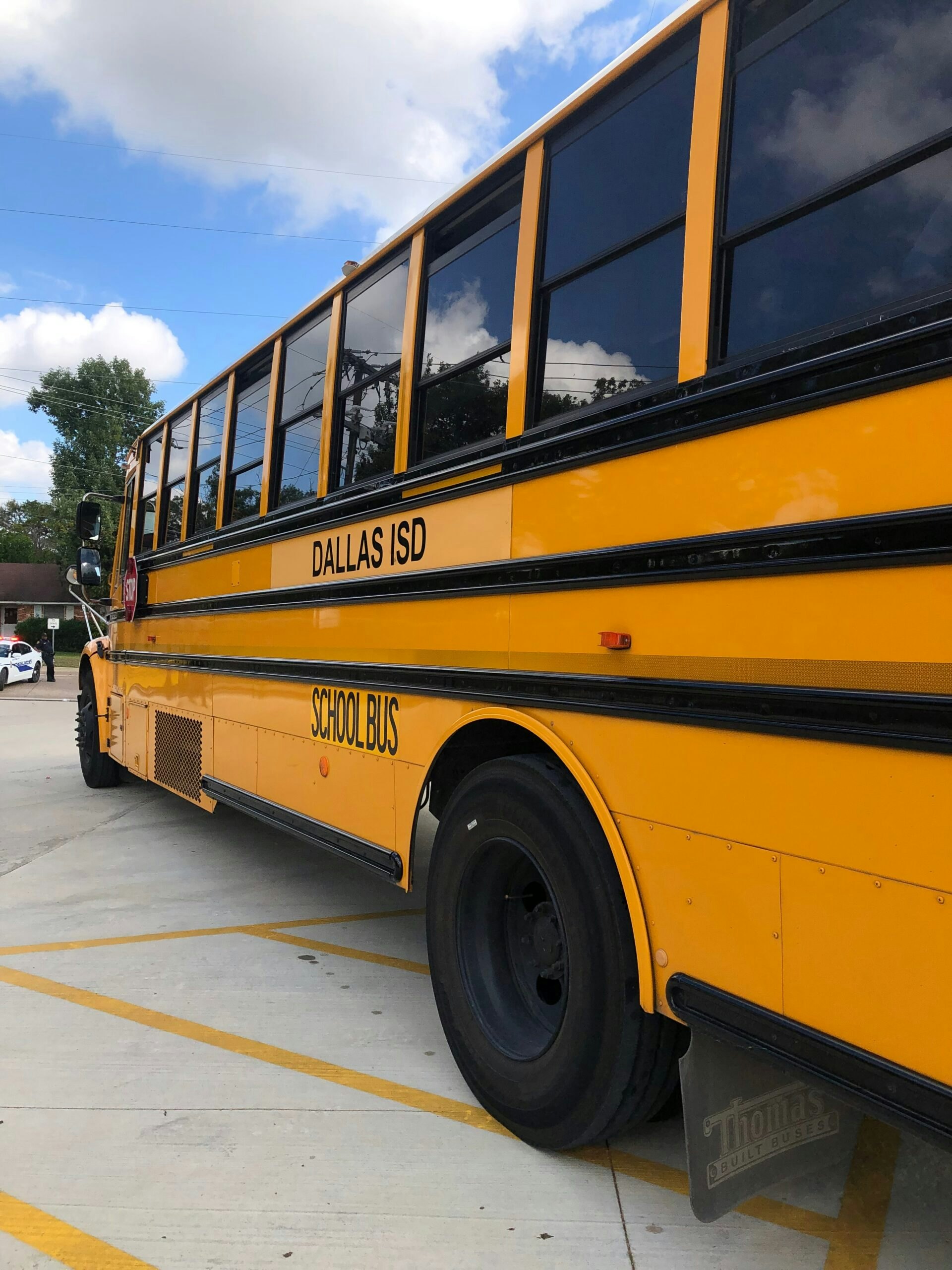Daniel King is superintendent of the Pharr-San Juan-Alamo school district in the Lower Rio Grande Valley. Recently honored by the White House as a...
Daniel King is superintendent of the Pharr-San Juan-Alamo school district in the Lower Rio Grande Valley. Recently honored by the White House as a “Champion of Change,” King has spearheaded his South Texas district’s efforts to sharply increase high school graduation rates and create a college-going culture for all students. His district’s Lyndon B. Johnson Middle School is also one of the campuses selected to participate in the Middle School Matters program for the 2014-2015 school-year. King shares here his thoughts on effective middle school strategies.
You have spent much of your time as superintendent focusing on preventing dropouts. How does that effort apply to middle schools in your district?
It is pertinent to the middle school level. Students may actually drop out in high school, but you start seeing the disengagement in middle school and upper elementary grades. In fact, the disengagement becomes pronounced in middle schools, which is why those grades are critical for preventing dropouts. What happens then ultimately affects a student’s achievement. It is where you can win or lose the game.
How do you intervene to make sure the game is won?
Most times, the indicators are obvious. For example, are they failing in school? Researchers and practitioners alike say that failing classes makes a big difference. They may not engage or show any interest. You look for that, along with signs of absenteeism and disciplinary problems.
You also look to see whether students can read well. That is a major indicator. Writing and math skills are critical, too, but reading is the most fundamental indicator.
You also are trying to engage fathers across your district. Why? And what impact are you seeing in middle schools?
We are focused on dads because the dropout situation is more pronounced with boys. Typically, the moms come when we have something like an open house. We are trying to strengthen the relationship with the father, emphasizing the importance of the male role model.
Including in academics?
We are trying to involve them in a variety of ways, including academics. Talking to their children about academic issues helps. But the involvement can be as simple as dropping them off at school.
As children are growing up, their parents are their heroes. Then, they put teachers up there. When they move to middle school, their friends matter. They may shut down with their parents. A communication gap can arise and parents may disengage at that point. We look for ways to help them stay engaged.
How?
We invite them to school. We have fathers drop their child off at school and visit with teachers. We also get fathers engaged when students are struggling with behavior issues.
We also provide chances for parents to enroll in GED classes, English language classes and parenting classes. That creates a connection with the district and the parents. It empowers the parents. The percentage of our parents graduating from high school or attending college is below the state level.
Parents also have access to their children’s grades and attendance on any day of the week. They can see on their computer whether a child has skipped school or failed a class. They can see that long before the end of the six weeks.
We work with parents on using computers to stay up with their children. That includes providing centers where they can use a computer if they don’t have one.
Your district serves a significant number of English language learners. In what ways does that affect applying strategies like teaching reading comprehension? Word-building is really important there.
Reading comprehension is very important. And reading comprehension strategies are the same, no matter the language.
In fact, we focus on building bi-literacy. We work on that all the way through 12th grade. We want to take our students from the social Spanish they may hear in many of our homes to high academic Spanish. Research shows that if you master your native language, it impacts the growth of those abilities in English. So, if you are trying to read a story and develop a summary and identify characters, you can do that in either language.
How do you all use data to guide the work of your middle schools?
We use data quite a bit. We use the state data and benchmark data to see where we need to focus and improve. We use attendance data and discipline data, too. And we use other data from classroom observations.
We have teachers who observe each other and we use a coaching model to see if a classroom is passive or engaged. Are students actively involved? Are they debating and discussing an issue in class? Are they working on projects? Asking questions? We are looking at ways that tell if students are learning.
We also are looking at special ways that engage middle school students, such as athletics and extracurricular opportunities. In fact, we are working on a “heat mapping” project that shows where we may have a lot of kids involved in, say, sporting activities. Or, on the other hand, neighborhoods where we see a lot of discipline issues. In those areas, we are looking at how to get students involved in sports or extracurriculars.
We have more work to do with this project, but, in each of the three cities we serve, we have increased the number of students participating in those options. We look at the numbers to see what problems may lay underneath the surface.



























